The jeoksam (적삼) is an under layer worn by both men and women, and is fairly simple in construction. There is a wide variety of methods for constructing the collar, underarm gusset, and sleeve available. I based the proportions for my jeoksam on the pictured example, but with a wider collar and without the pleats in the crossover panel in the front. The underarm gussets are squares cut in one piece with the sleeve and folded in half, a common construction in 16th century examples.
Possible materials that could have been used in period are silk, cotton, hemp, or ramie. I opted for cotton for my first attempt. The collar is doubled, but otherwise the garment is a single layer. The construction is mostly by machine, with French seams where it was easy to do so. Hems and final collar attachment were done by hand.
Seong Myeong Su Daegam provided a large amount of research and translation help with this outfit.

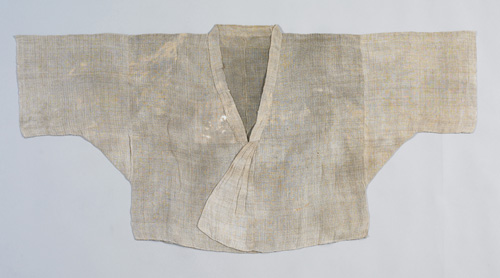
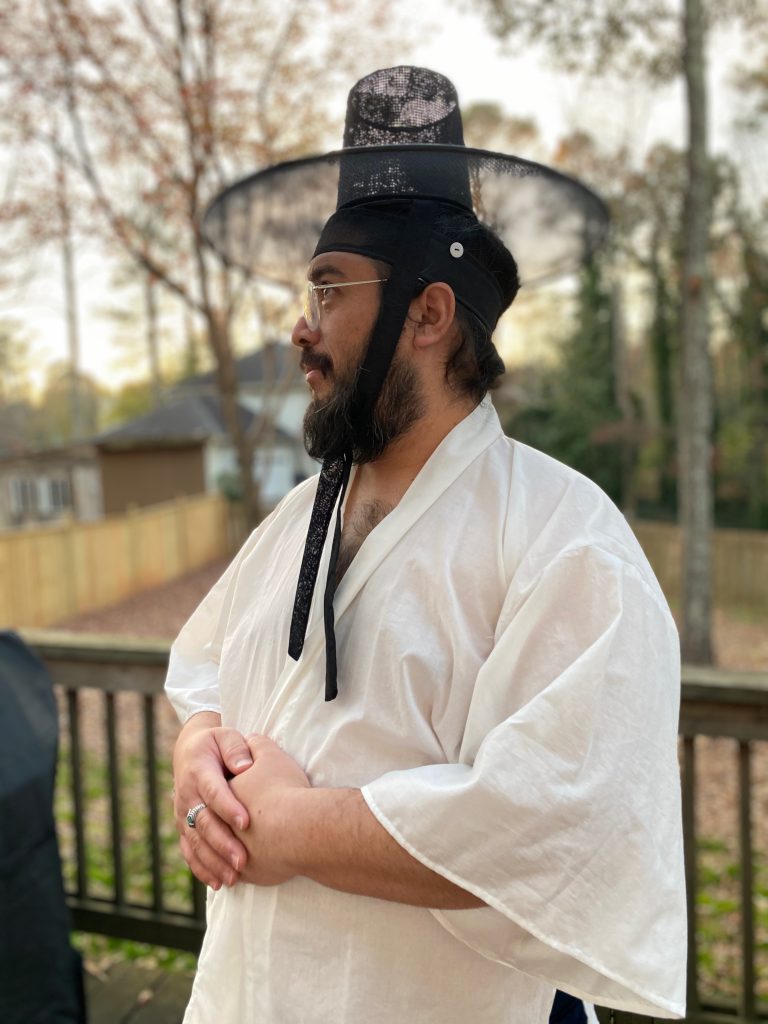
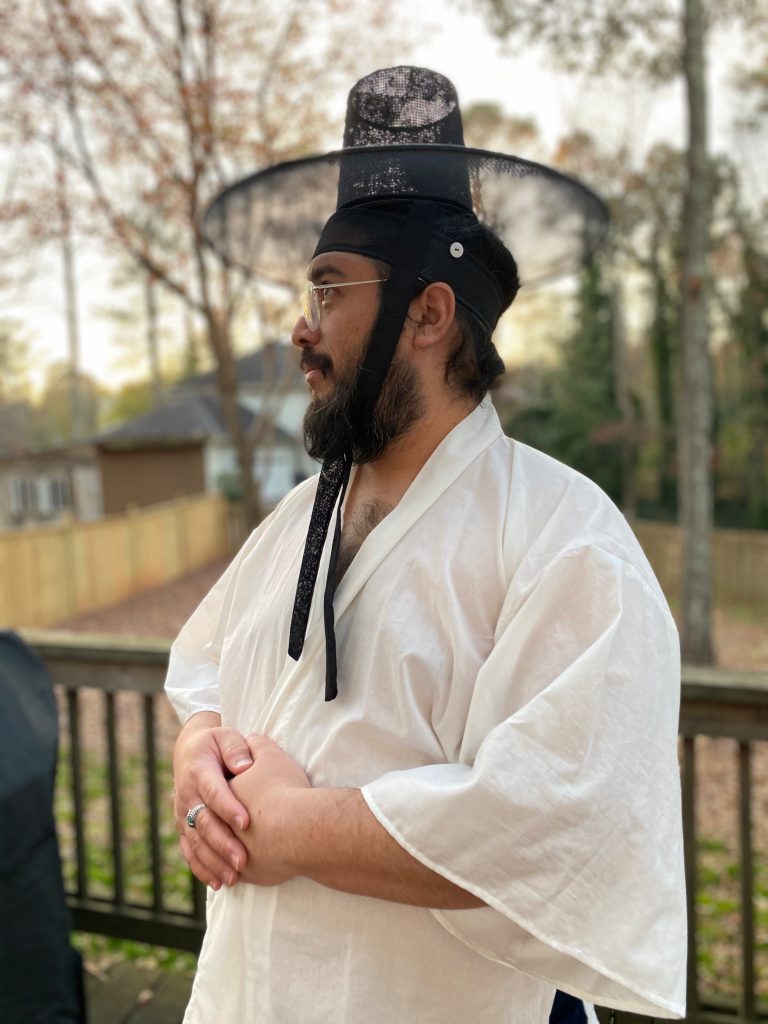
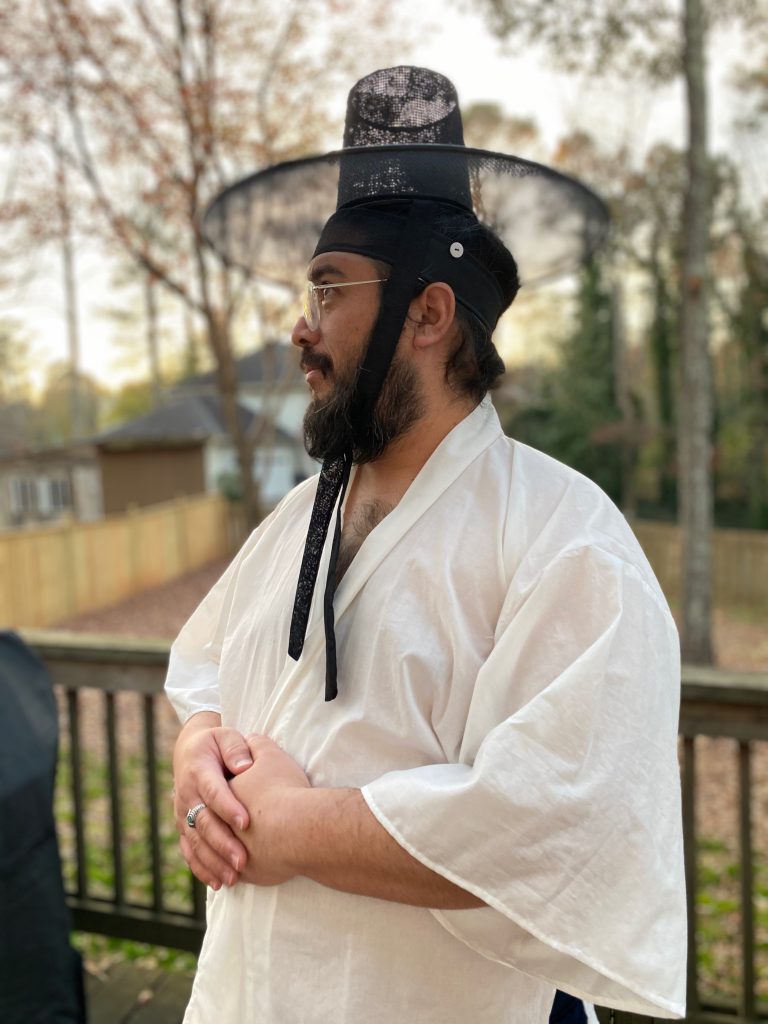
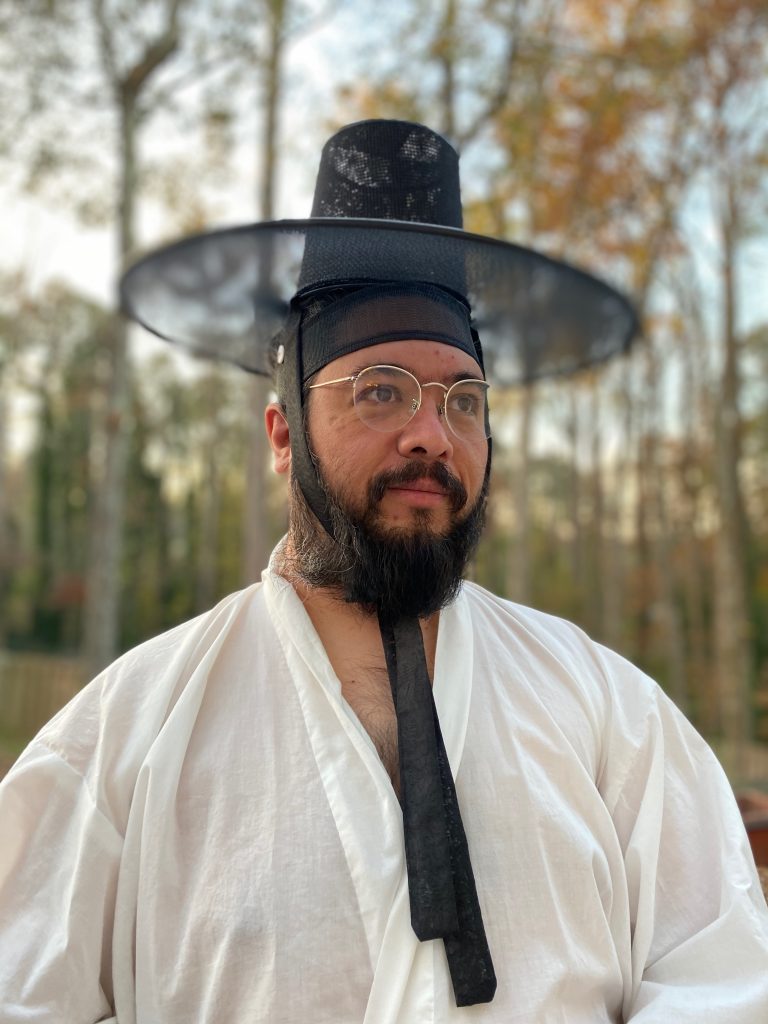
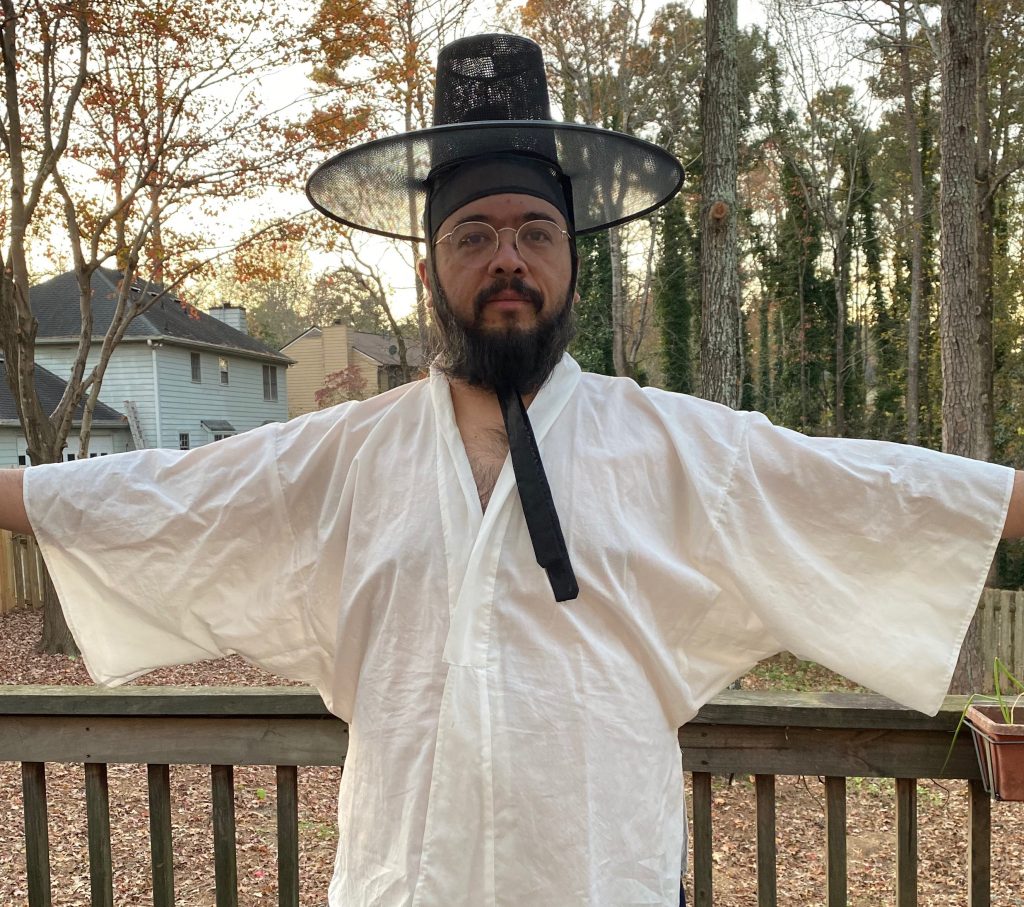
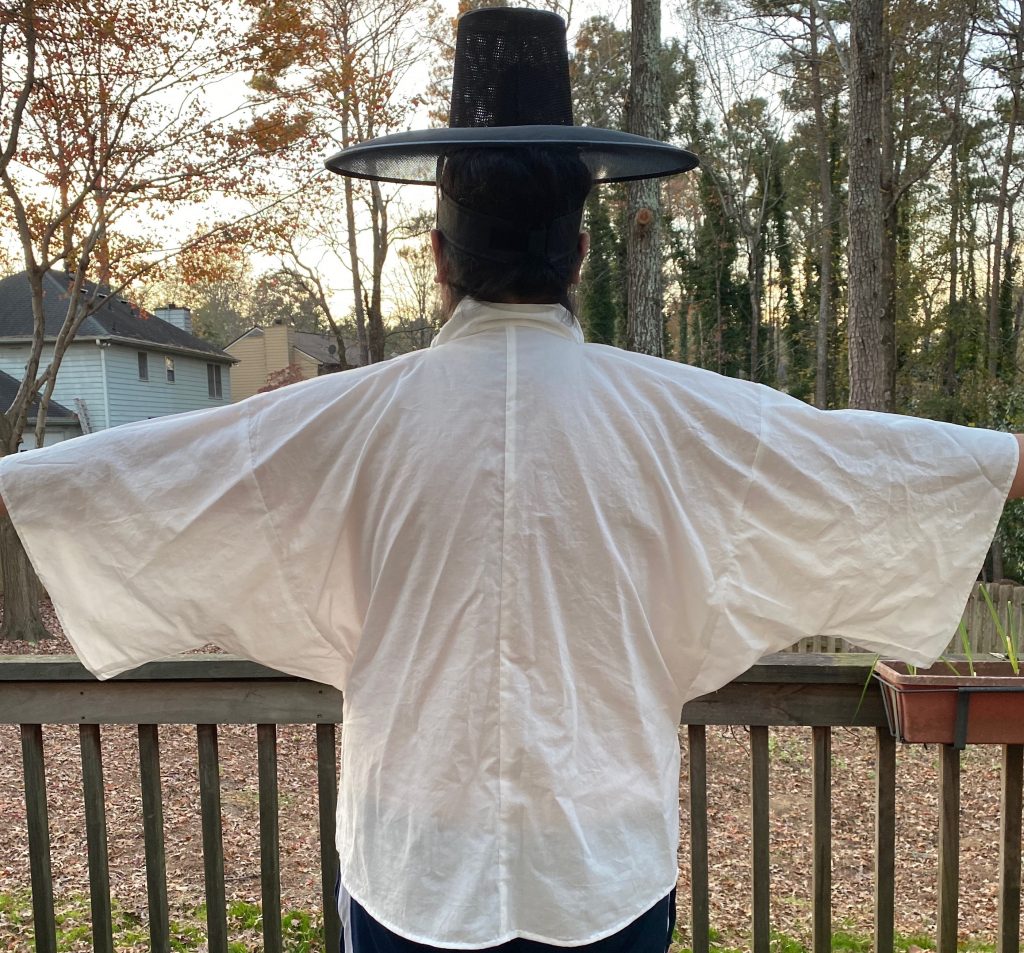
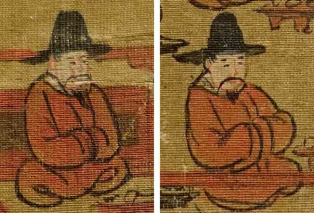
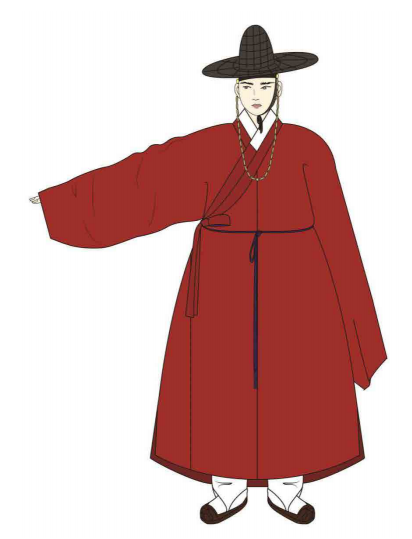

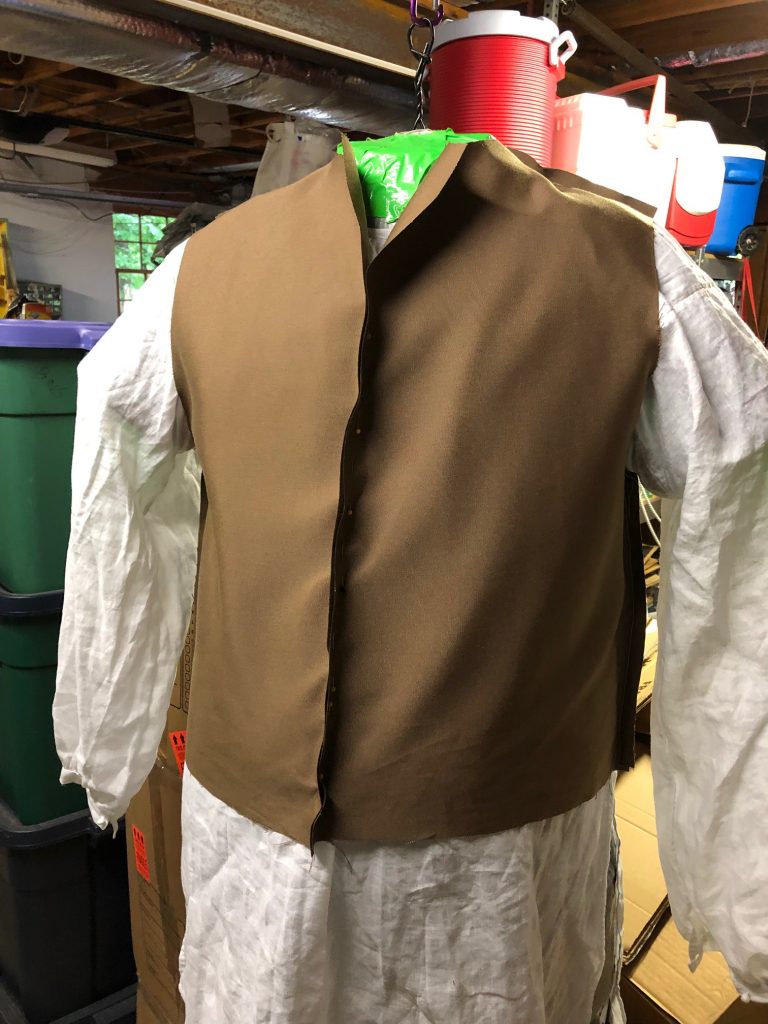
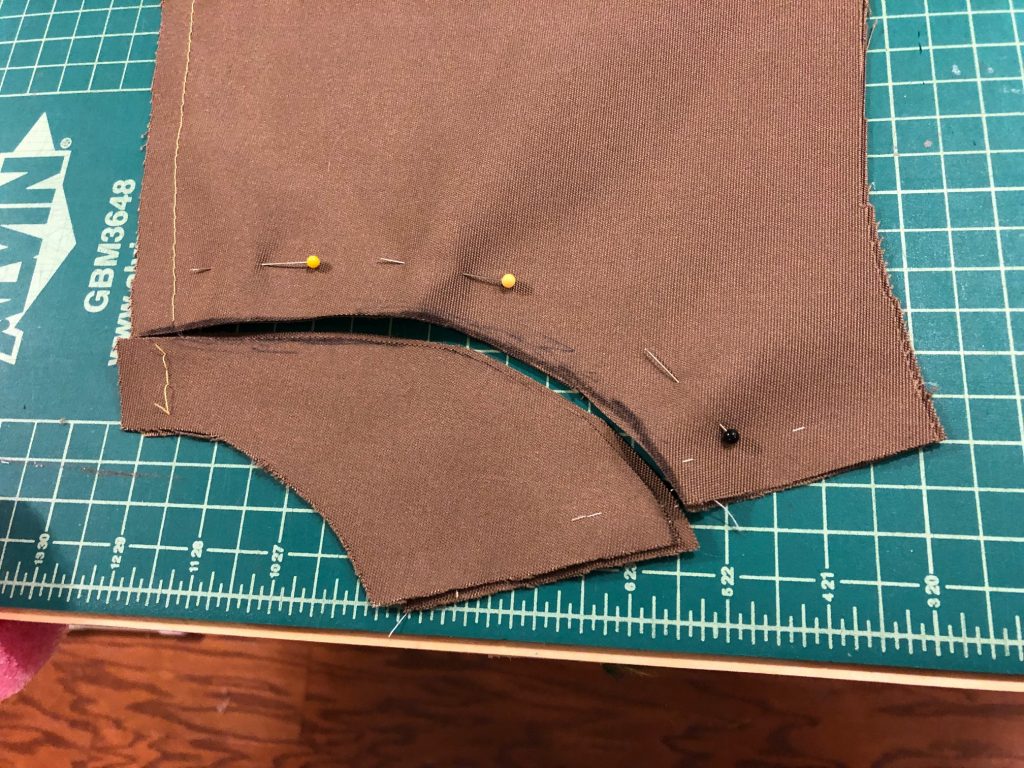
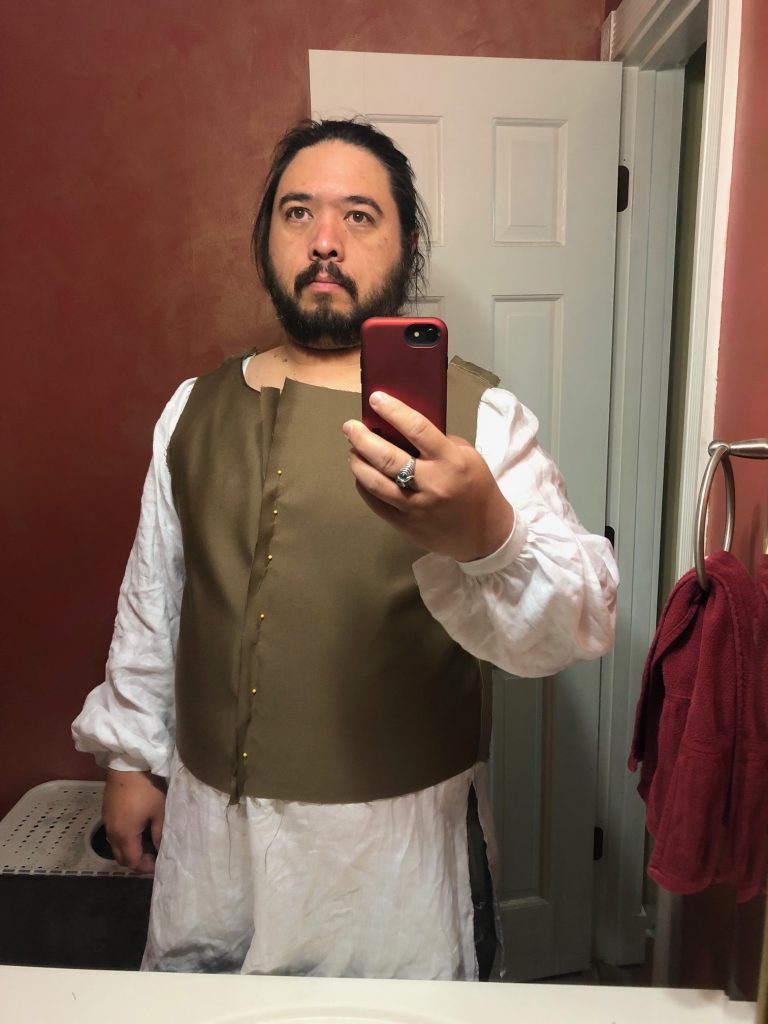
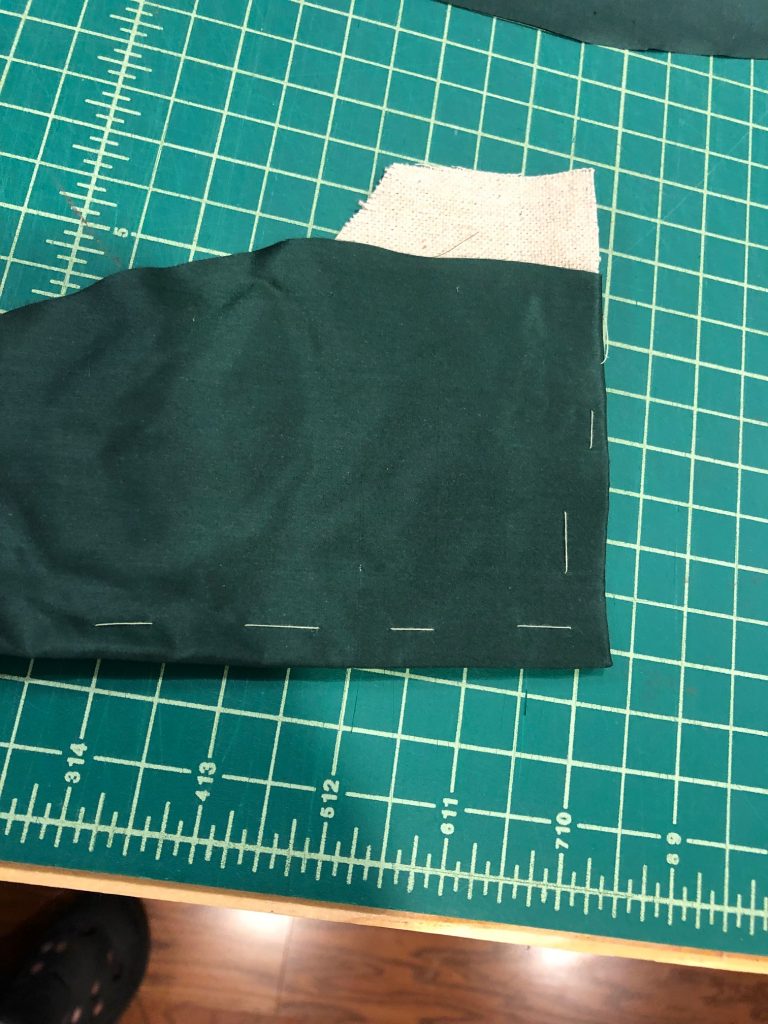
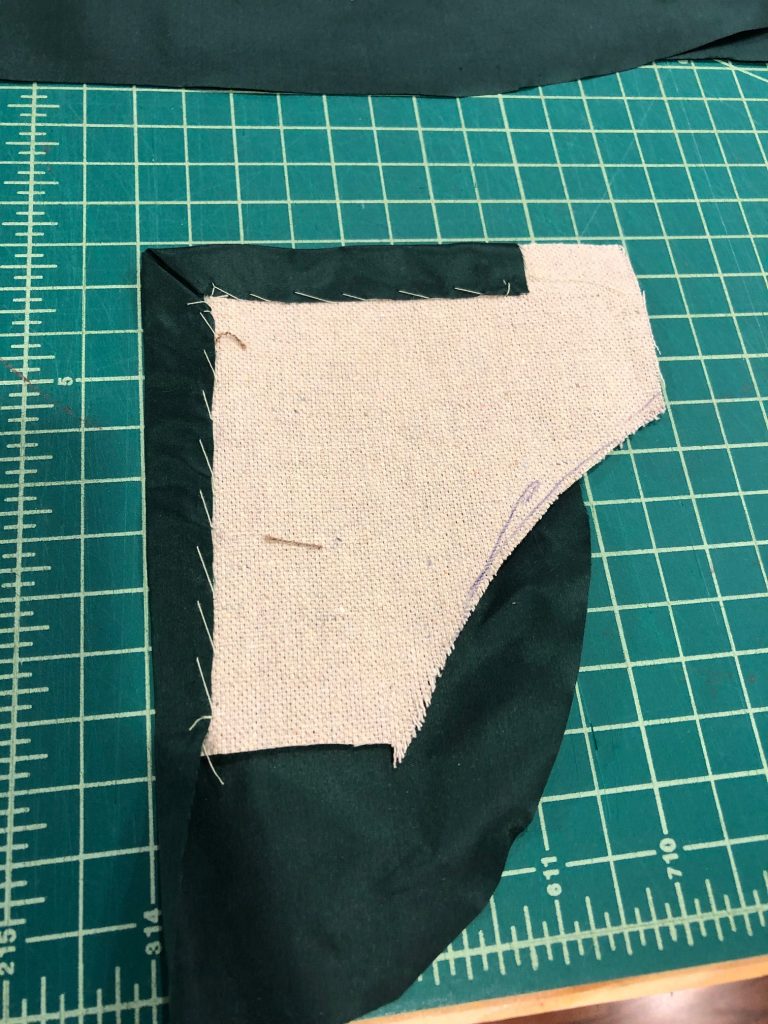
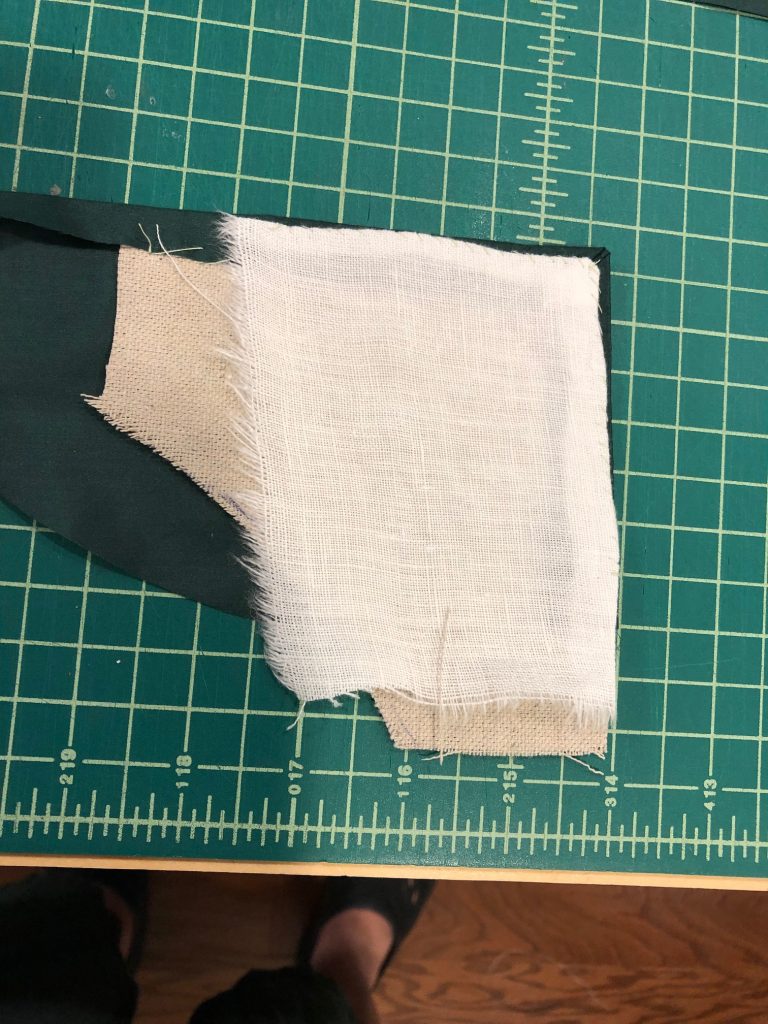
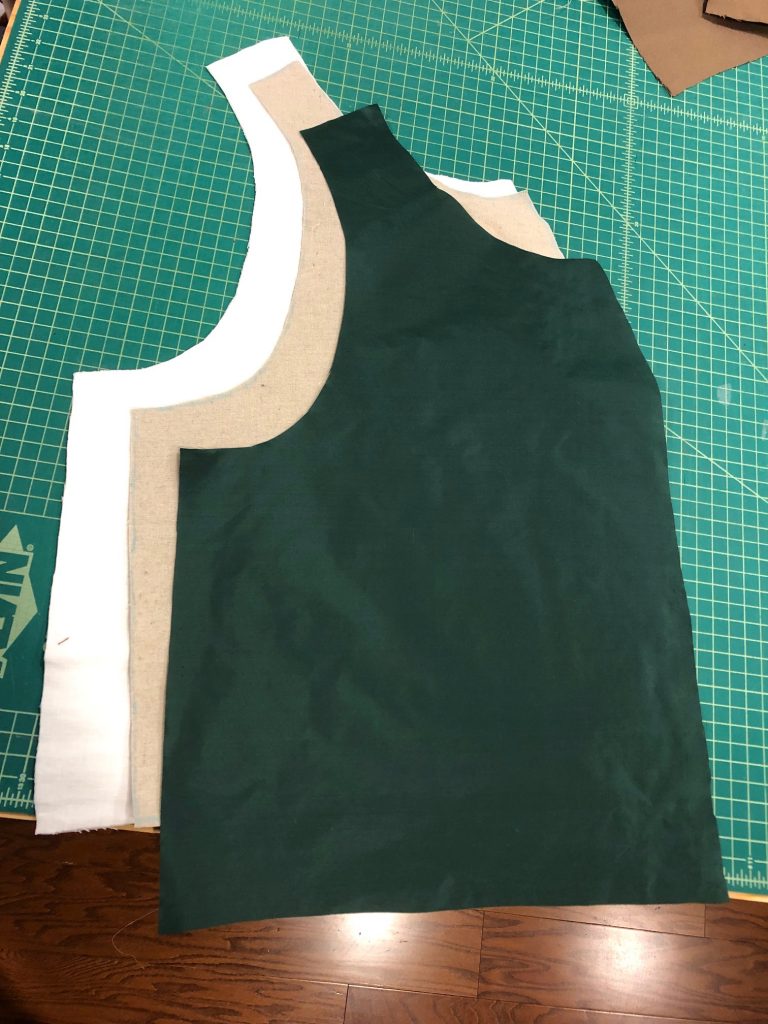
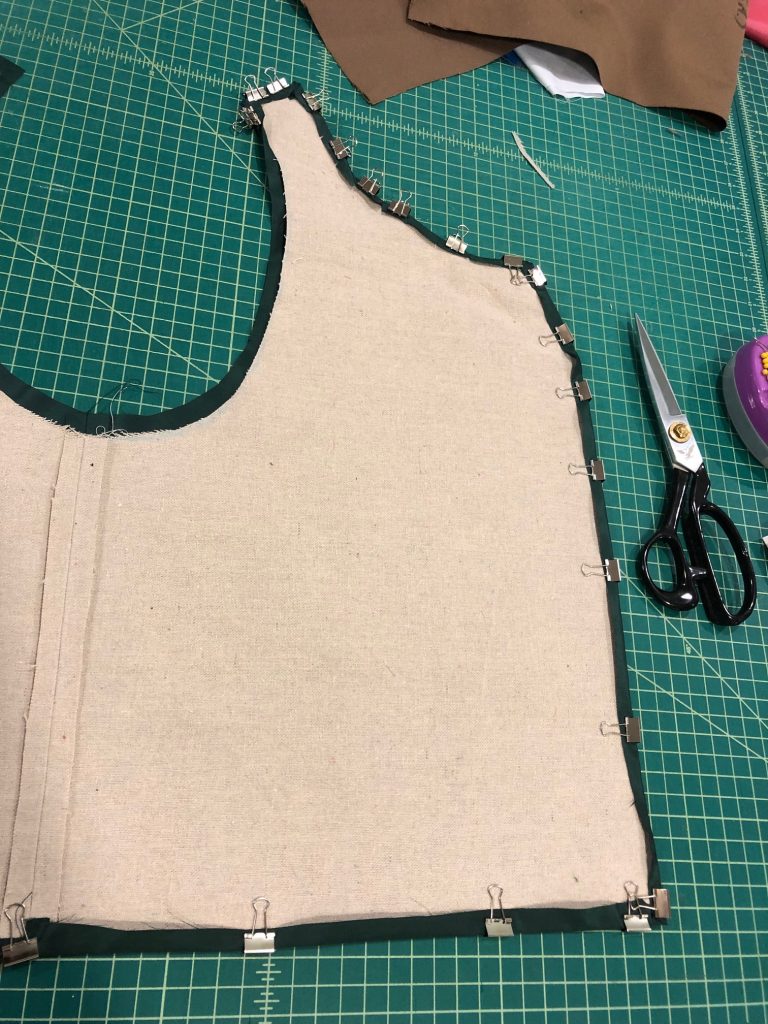
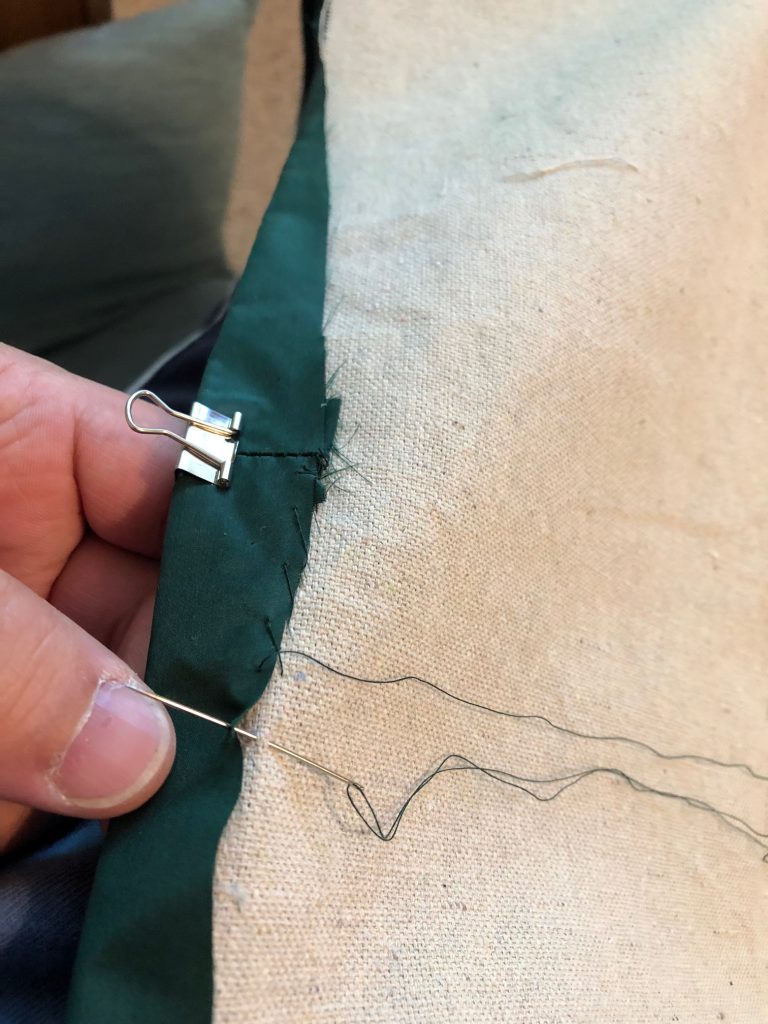
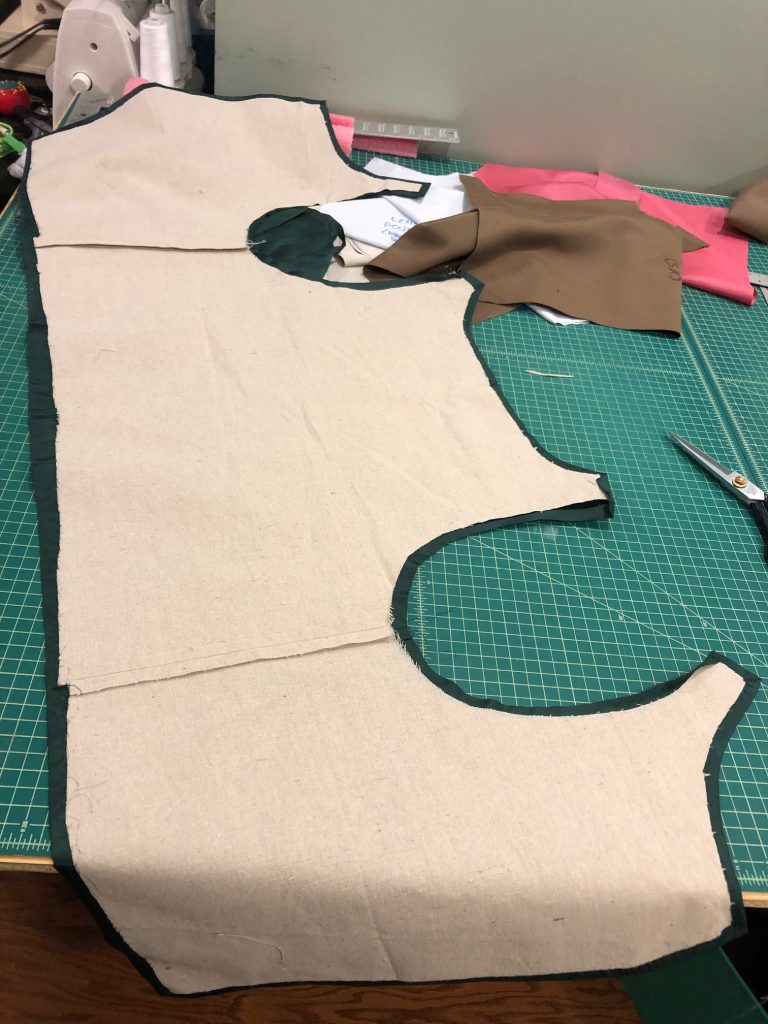
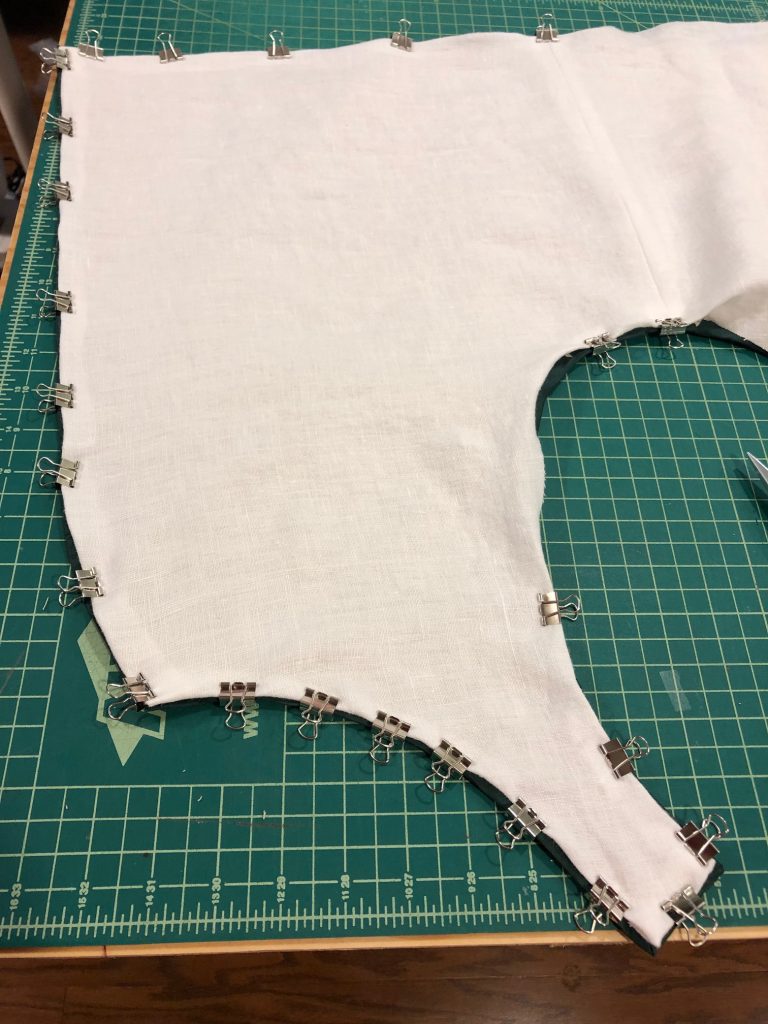
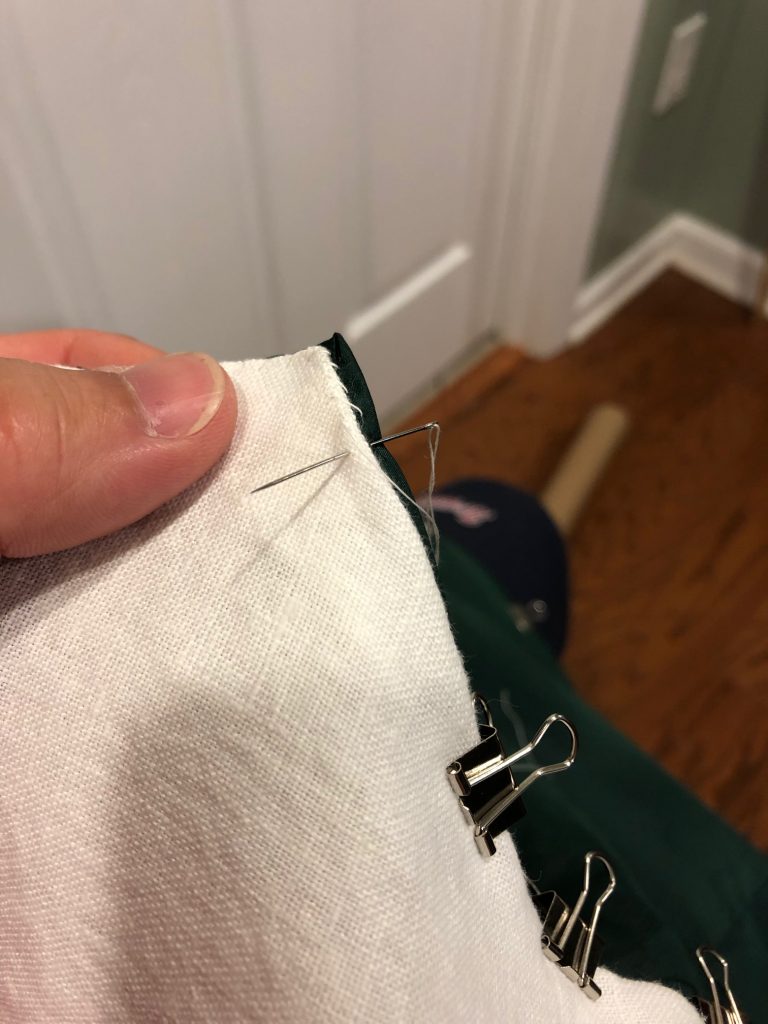
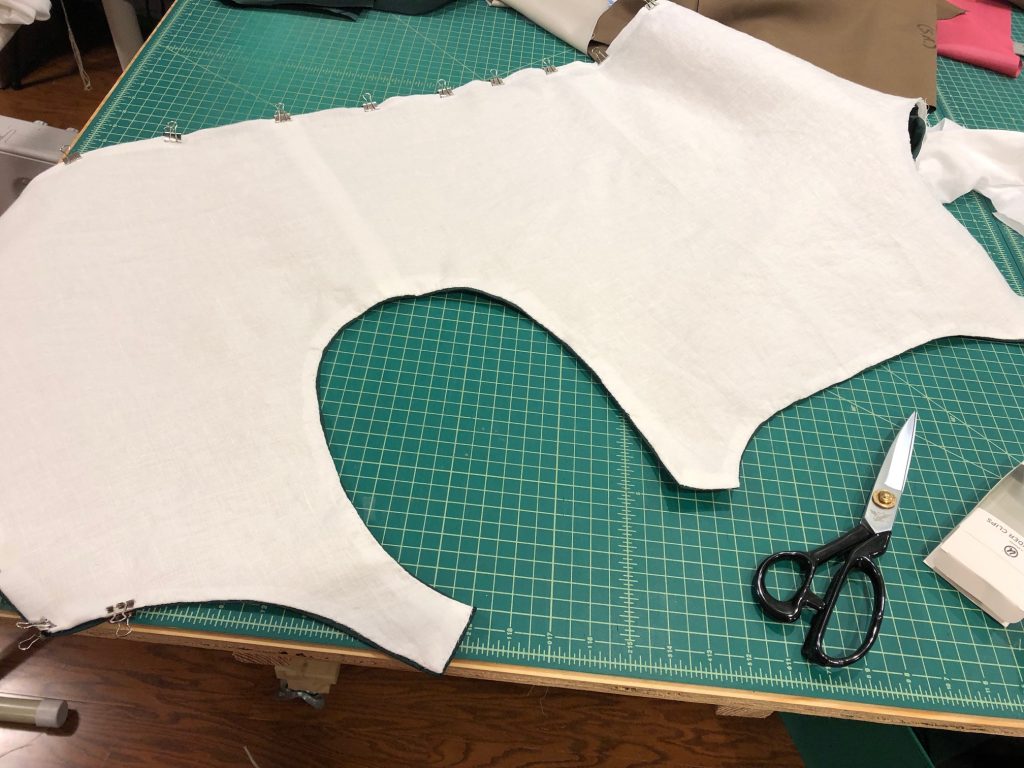
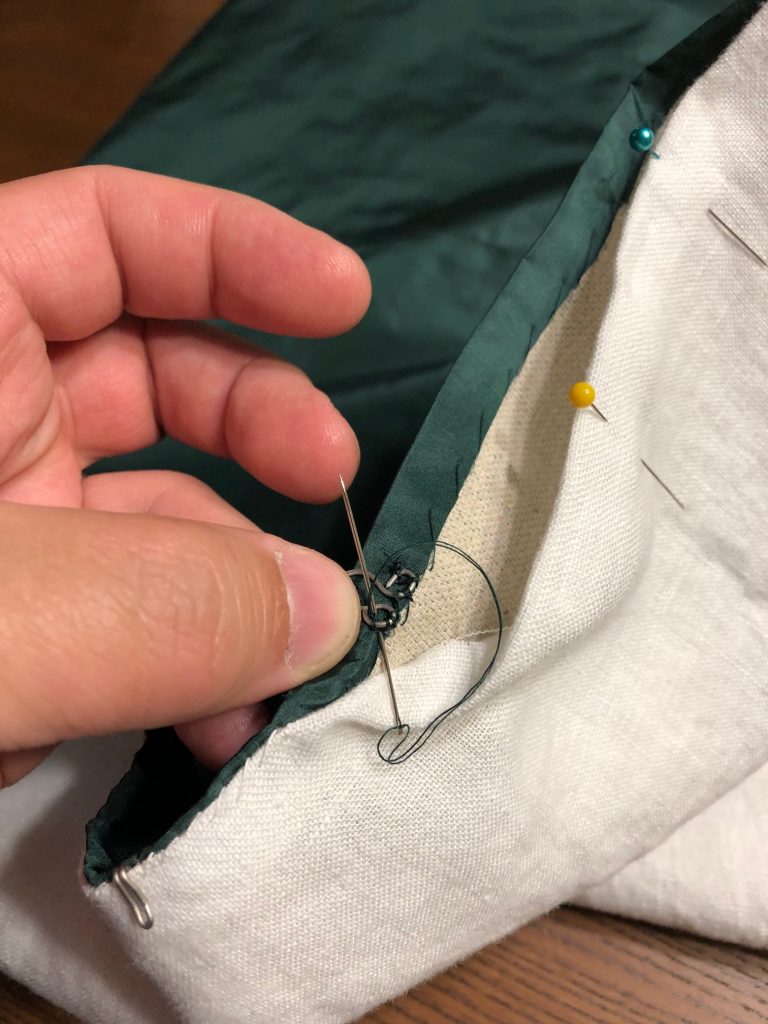
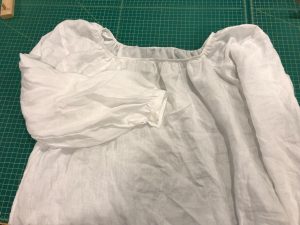
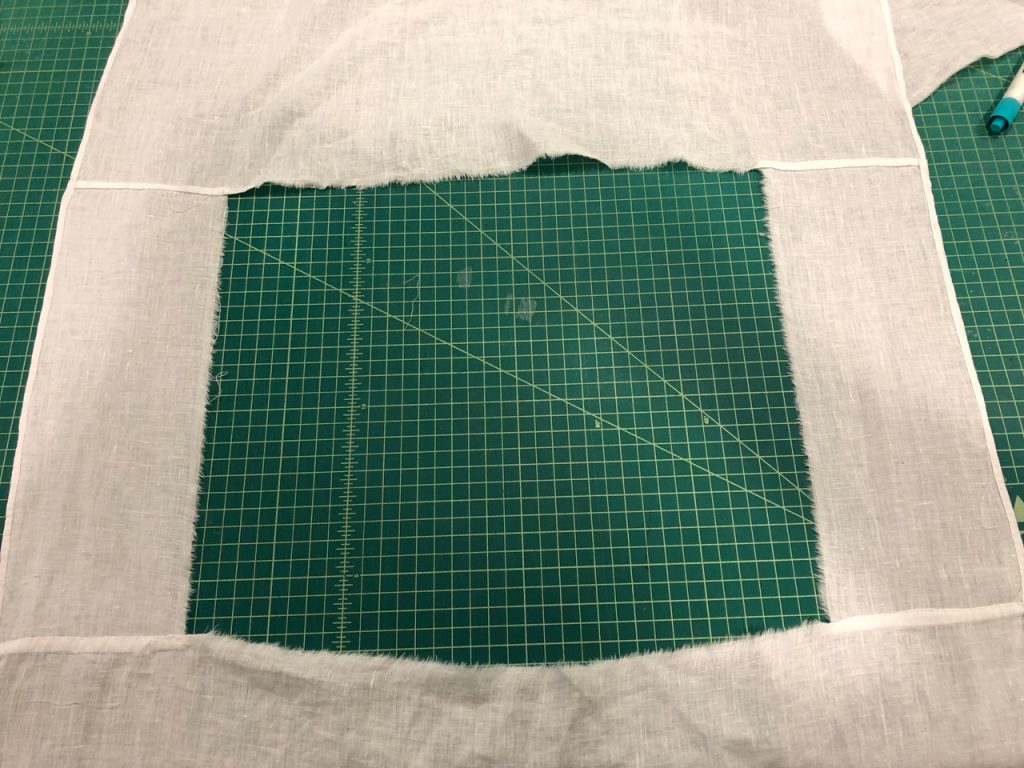
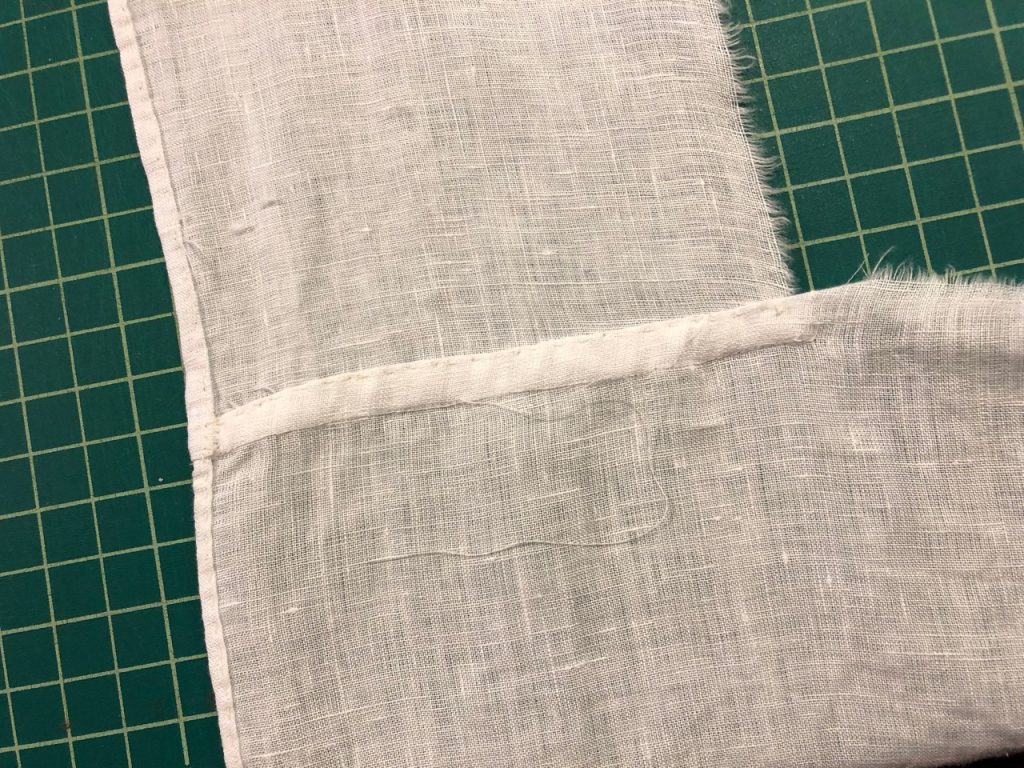
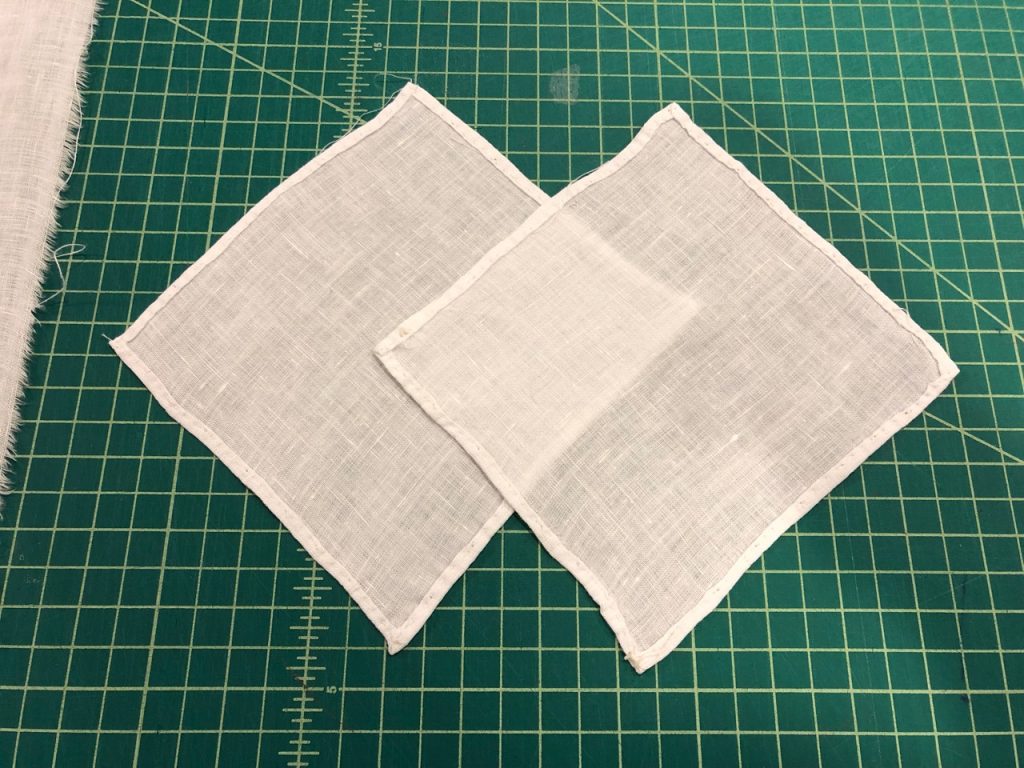
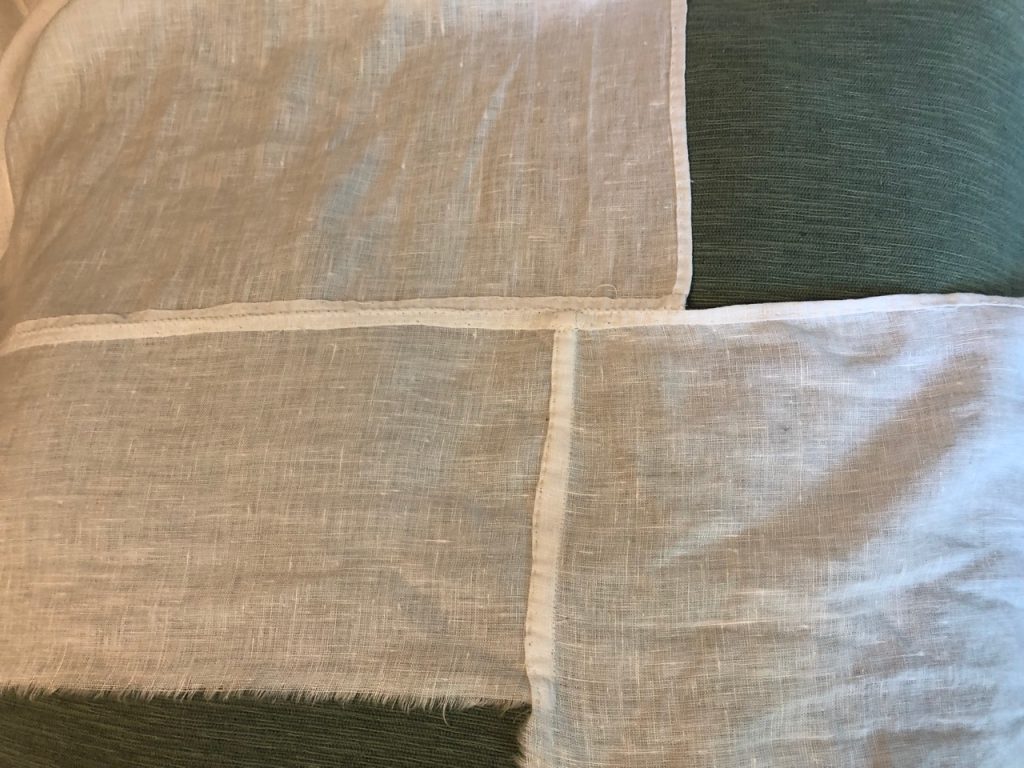
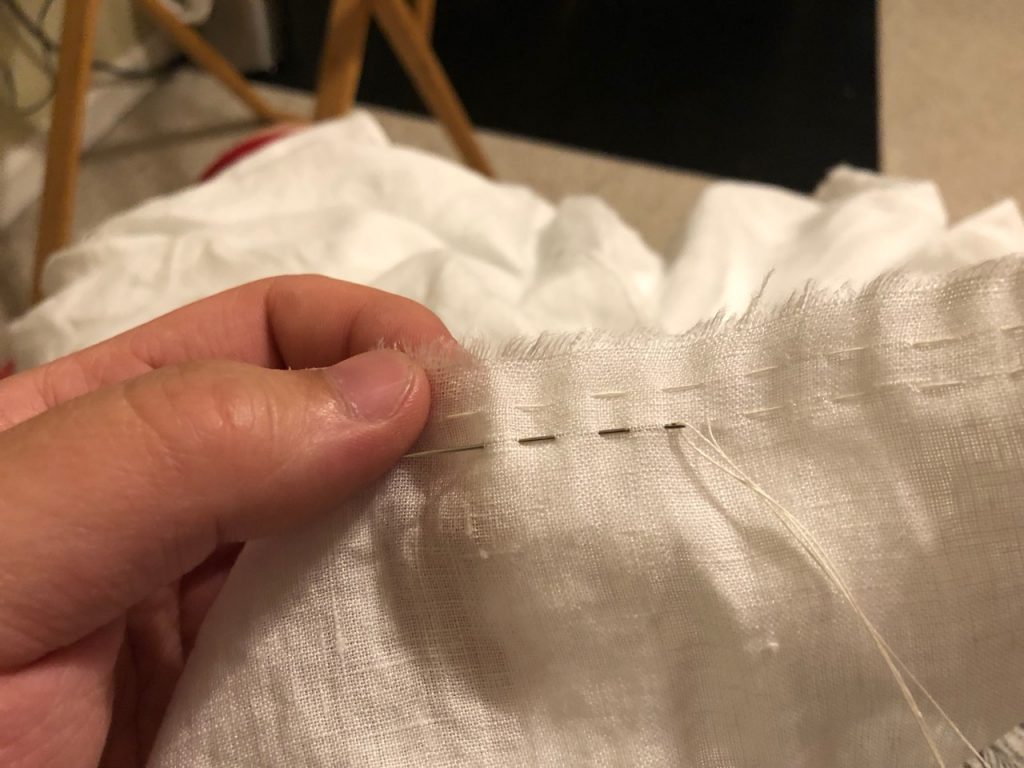
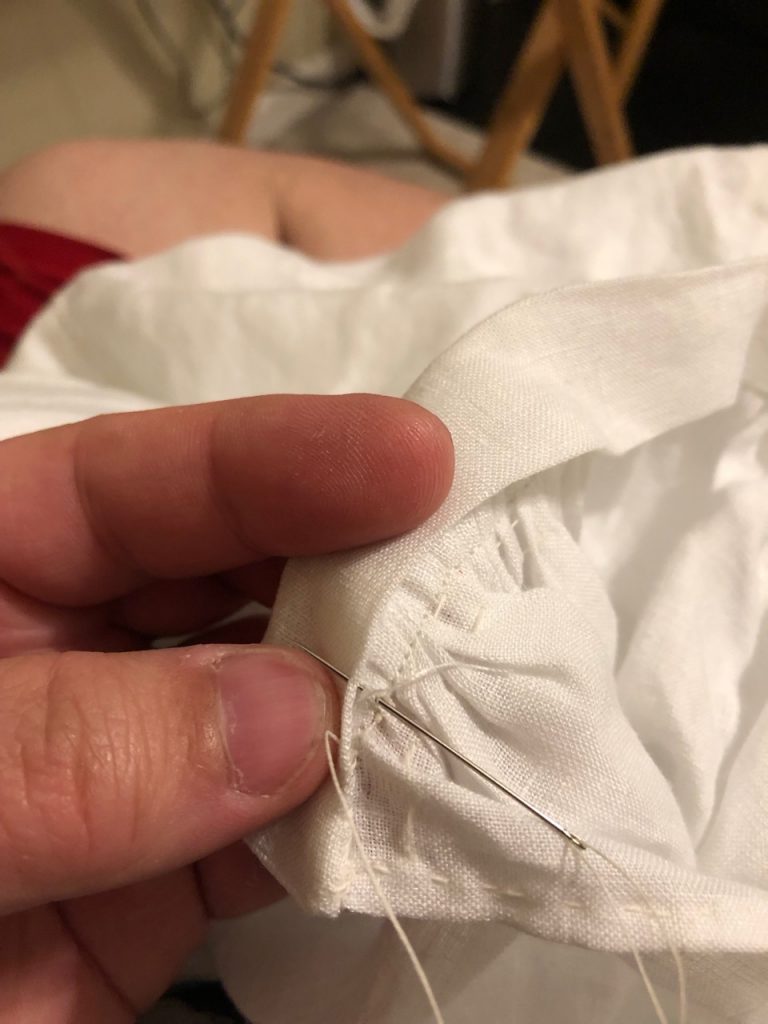
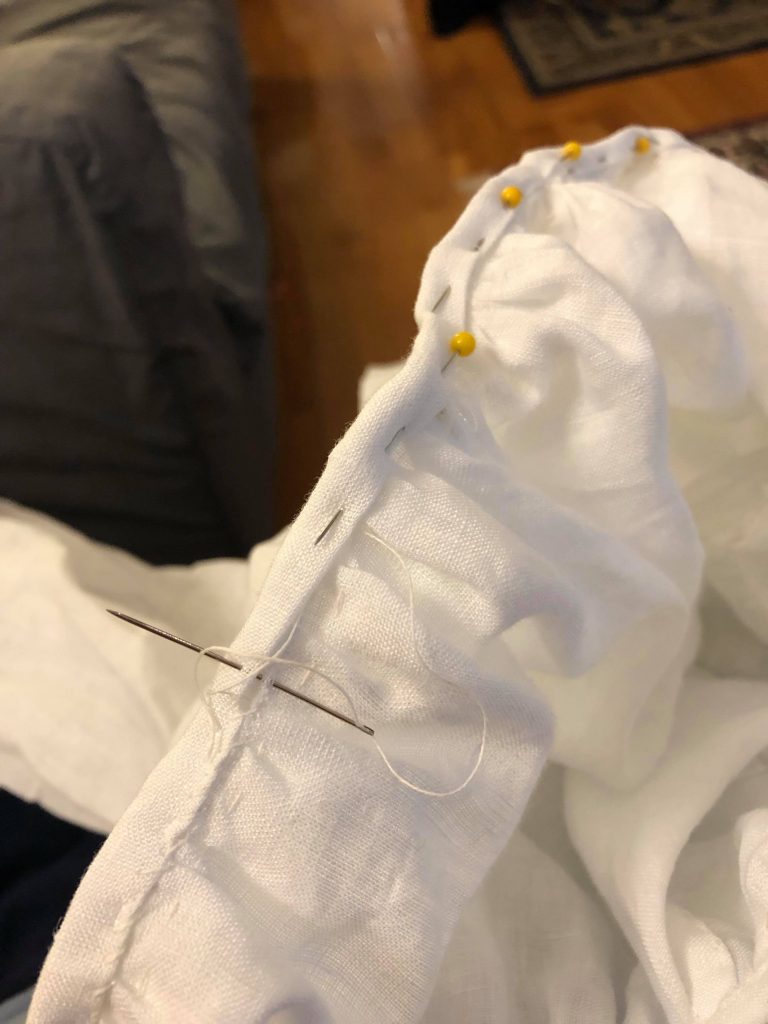
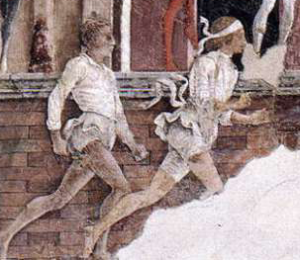
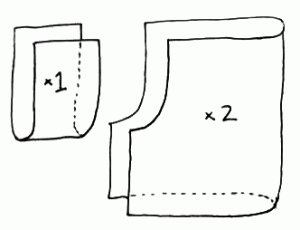 I have used several different patterns for these over the years, but in this instance I chose to make two separate legs with a curved crotch seam and a rectangular panel between them. I added a casing and drawstring at the top.
I have used several different patterns for these over the years, but in this instance I chose to make two separate legs with a curved crotch seam and a rectangular panel between them. I added a casing and drawstring at the top.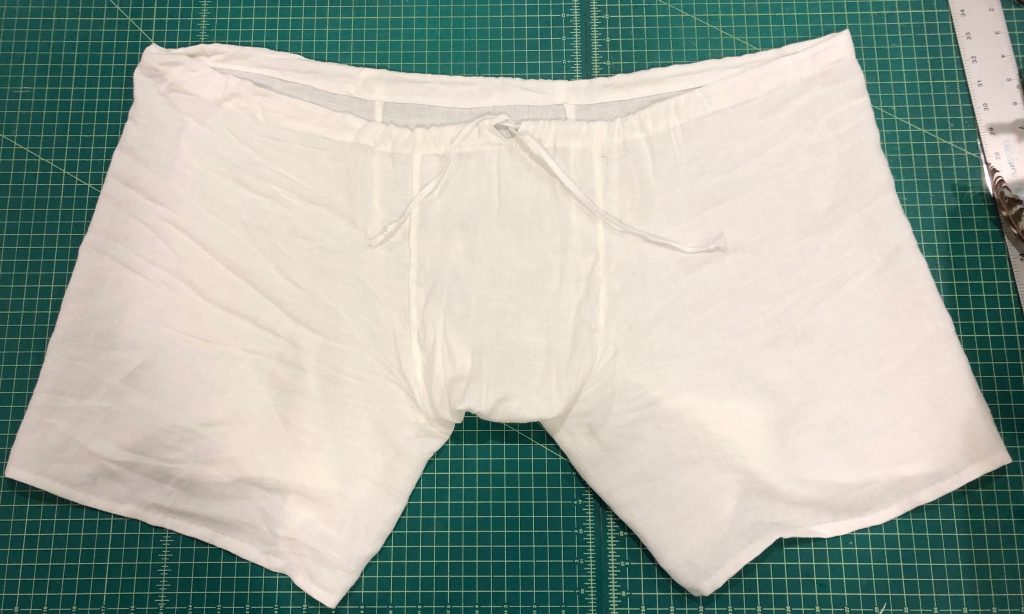

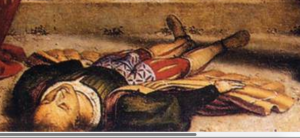 The first layer of the outfit will be brache (drawers) and camicia (shirt), both made from linen. Next will be a guibbone (doublet) of silk and calze (hose) divided into upper and lower parts, both made of wool. The outermost layer will be a saio (gown) made of wool lined with silk.
The first layer of the outfit will be brache (drawers) and camicia (shirt), both made from linen. Next will be a guibbone (doublet) of silk and calze (hose) divided into upper and lower parts, both made of wool. The outermost layer will be a saio (gown) made of wool lined with silk.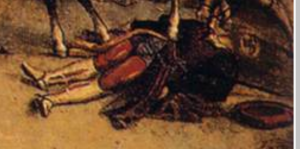 I will not be including the riding boots shown in the image, but will likely be making some sort of hat (one can be seen in the right side of the painting, but there is little detail as to its shape). I have already acquired the fabrics I plan to use, assuming all goes to plan.
I will not be including the riding boots shown in the image, but will likely be making some sort of hat (one can be seen in the right side of the painting, but there is little detail as to its shape). I have already acquired the fabrics I plan to use, assuming all goes to plan.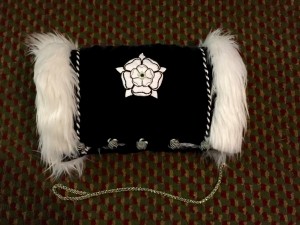
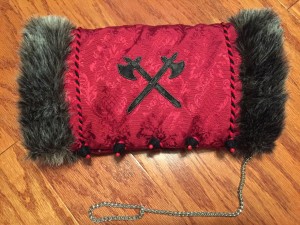
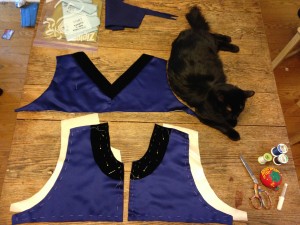
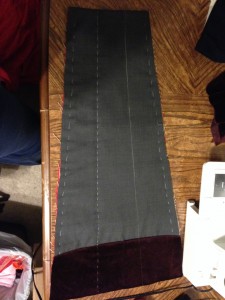
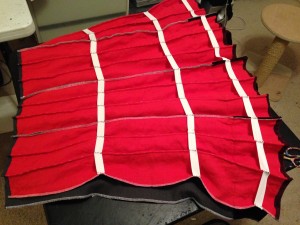

 I’ve started on the body of the cioppa already. The primary fabric is a charcoal grey wool suiting, interlined with cotton flannel and lined with red linen. The guards are synthetic burgundy velveteen. The heavy wool I used to use for lining my pleats is sadly all gone, so I am attempting to use burlap to serve the same purpose. Time will tell if this was a good idea or not.
I’ve started on the body of the cioppa already. The primary fabric is a charcoal grey wool suiting, interlined with cotton flannel and lined with red linen. The guards are synthetic burgundy velveteen. The heavy wool I used to use for lining my pleats is sadly all gone, so I am attempting to use burlap to serve the same purpose. Time will tell if this was a good idea or not.